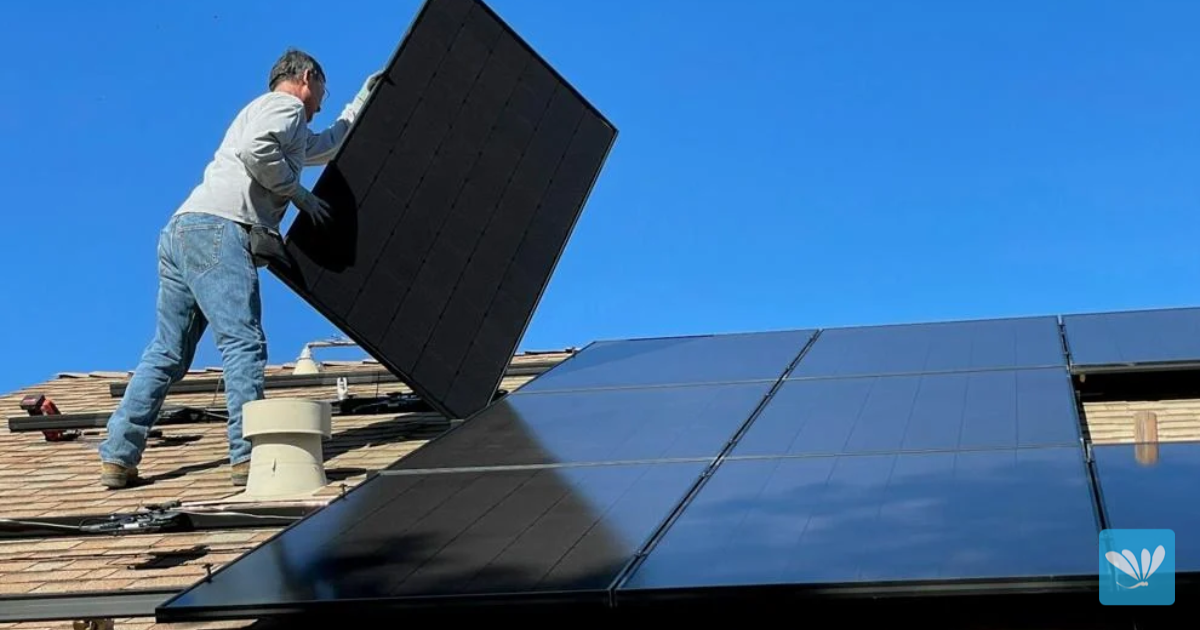(The Center Square) – Opposition to renewable energy projects such as wind and solar have increased at the local and state levels nationwide, according to several reports.
In 2023, there were 73% more local restrictions and 111% more state-level restrictions on solar and wind energy projects than there were in 2022, according to an analysis published by Columbia University’s Sabine Center for Climate Change Law. Similar findings were published by a Texas-based analyst and supported by recent polls.
The Sabine Center report found that local and state restrictions on “renewable” or “green” energy projects “are numerous and widespread.”
“In nearly every state, local governments have enacted laws and regulations to block or restrict renewable energy facilities,” the summary of the report states. It also notes that project opponents “succeeded in forcing the delay or cancellation of particular projects.”
The report identified at least 395 local restrictions in 41 states as well as 19 state-level restrictions. The restrictions are “so severe,” the center says, that they could result in “blocking a renewable energy project.”
The center identified 378 renewable energy projects that “encountered significant opposition in 47 states.” It notes that 395 local restrictions, 19 state-level restrictions, and 378 contested projects it identified “represent a major increase over the totals in the May 2023 edition.”
The report updates and expands on three previous Sabin Center reports published in September 2021, March 2022, and May 2023. In them, the center documented local and state restrictions against, and opposition to, renewable energy projects. The report covers proposed projects from 1995 through 2023 to “demonstrate that local opposition to renewable energy facilities is widespread and growing and that it represents a potentially significant impediment to the achievement of climate goals.”
The push for “renewable energy” has coincided with 200 policies targeting the oil and natural gas industry, another report shows. The policies advocate for appliances and tools that use natural gas or vehicles that use gasoline; products derived from petroleum production. The majority of voters oppose these policies, according to The Center Square Voters’ Voice Polls conducted by Noble Predictive Insights.
One poll found that the majority of voters oppose gas stove bans. Another found that 50% of voters say the Biden administration should reduce its electric vehicle sales target; another found the majority say his EV sales target is misguided and doesn’t and won’t meet consumer demand.
The Sabine Center findings are also consistent with Texas-based energy author Robert Bryce’s data. Bryce has chronicled rejections of renewable energy projects over the past 10 years showing a similar conclusion in his “Renewable Rejection Database.” According to his data, there were 66 rejections of “renewable energy” projects in 2014 compared to 682 this year. The database attempts “to quantify the number of restrictions or rejections of solar and wind projects in the United States over the past decade or so” and “may slightly understate, or overstate, the number of rejections and restrictions,” he notes.
In his 2011 book, “Power Hungry: The Myths of ‘Green’ Energy and the Real Fuels of the Future,” Bryce explained why a transition to “green” energy was a “myth” even 13 years ago. He also argued that the worldwide energy source of fossil fuels – oil, natural gas and coal – “are here to stay.”
More than 13 years after his prediction, attorneys general from multiple states argue that oil, natural gas and coal are essential energy sources relied on by all Americans and are vital to their states’ economies. Mining, oil and natural gas extraction provide the bulk of their states’ electricity and keep gas prices low. The fossil fuel industry contributes billions of dollars in tax revenue that funds public schools, transportation and other services, The Center Square reported.
Bryce also points to data showing that the U.S. was leading the U.S. in energy efficiency more than 13 years ago and predicted that natural gas and nuclear energy would be the “fuels of the future.” Since his book was published, the U.S., led by Texas, leads in natural gas production and liquified natural gas exports.
Last year was also a record year for natural gas consumption in America, with Texas producing one-third of the supply helping stabilize the energy market, The Center Square reported.


















